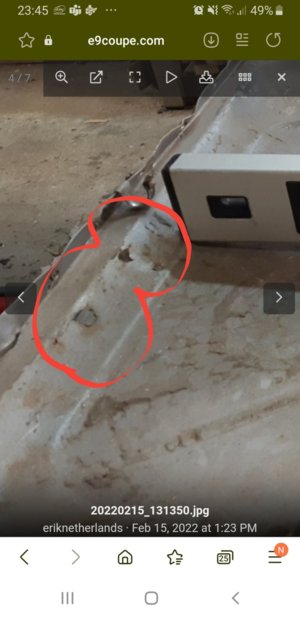Hi Mike,@autokunst @HB Chris
Thanks to Chris Macha for texting me, I'm not on this site daily. I have "pelly" pans, and I've read the forum discussions about how my front pans are preferred to W/N. I sold pans long before W/N, installing the first set on my coupe nearly 20 years ago (I still own that coupe). Over the years I've only had two complaints.... last month a buyer didn't like the amount of 'warp' (once they are welded into place, the warpage disappears). The second complaint was about a year ago when a customer reported my front pans didn't align with W/N rears. I wanted to disclose these issues because your the level of craftsmanship is top notch and I'm not sure my pans will solve your problem.
Thank you for replying, and thank you to @HB Chris for getting in contact with you.
I am interested in learning more (photos please). I'll send you a PM in hope of continuing this conversation. Frankly, I am not worried about some warps - all of these replacement panels have that and it is easy to shrink or stretch the panels once fit and welded. As for the rib alignment, I suspect no panel will "automatically" be perfect. But if your pans are wider (including more of the center section towards the tunnel) and have the stampings where the plugs go, I'm in! Talk soon.

